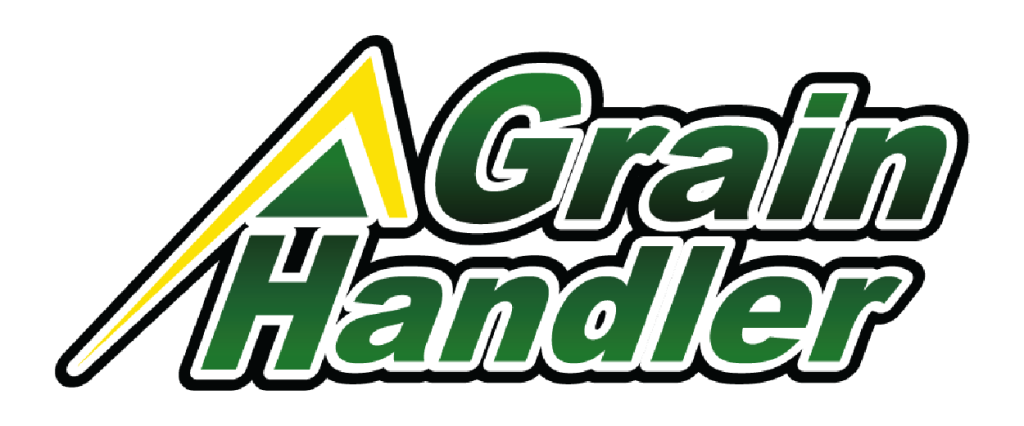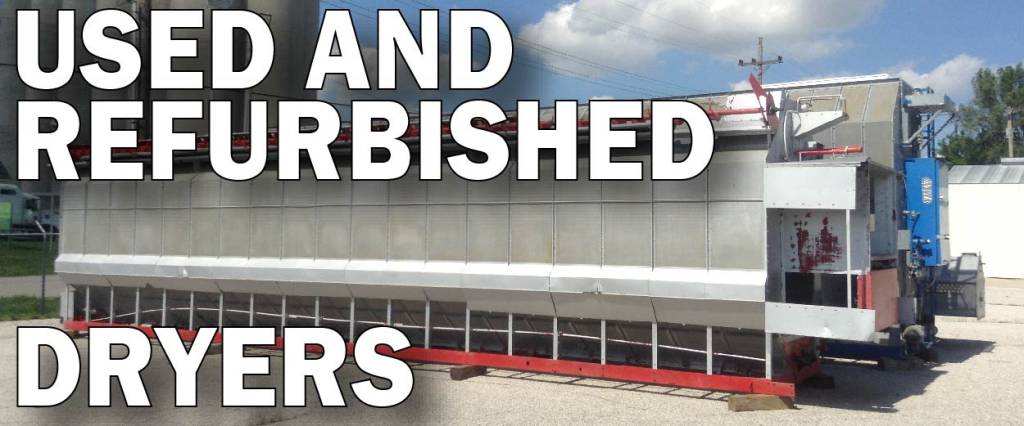
Welcome Guest
My Account
Need Help?
Grain Drying Solutions
855-DRY-GRAIN
Buyers Guide To Your Next Dryer

The dryer or drying system that works for one product may not work for another.
What Products You Will Be Drying
The first two things to consider with a new grain dryer/drying system are what product(s) you will be drying, and what output quality is desired. The dryer or drying system that works for one product may not work for another. For example, the dryer of choice for a number 2 yellow corn will not be acceptable for a producer selling white good grade corn to the tortilla chip flour industry. The flour industry generally has a tighter quality (stress cracks, broken corn and foreign material, heat damage, etc,) guidelines for acceptance than a USDA standard number 2 yellow corn contract with a poultry feeder.
Available Energy Sources
The next variable to consider is energy source availability, what electricity and heat fuel source is available. The most common heat sources are liquid propane (LP), natural gas (NG), or butane. The availability, or lack thereof, any of these sources could steer the producer towards different dryer/drying systems.
The second part of the energy variable is the producers availability of single phase and three phase electric power or power at all. If the producer does not have enough power available, this may facilitate the need of auxiliary phase converters or power generators to supply the required power.
In addition to the availability of electricity and heat fuel source, the producer should look at the relative costs of each input versus one another and the ratio of inputs required in each drying system.
Example: A producer without access to a natural gas pipeline may choose to use LP as their heat source, but need lower temperature in an in the bin drying system with larger volume of airflow to dry their grain. In this example, we assume that the producers cost of LP is fairly high, but cost of electricity is fairly low. Thus the use of more electricity (air flow) than heat source (LP) to dry the grain in the most cost effective manner.

Required Capacity
The next variable to consider is required capacity for the producers operation. This variable is what can cause the most problems or opportunities for the producer. Generally, the producer will need to decide how much wet grain they need to handle each day to keep up with their harvesting capacity and at what moisture removal they want to do this.
The second part of the capacity variable in dryer selection is how is the grain cooled after it has been dried.
- Will the grain be dried and cooled in the dryer? If so, a heat-cool dryer should be used.
- Will the grain be dried in the dryer and discharged hot from the dryer? If so, a full heat dryer should be used.
Each method will work depending on the producer’s entire grain system capabilities. A producer that has minimal air flow on their storage bins should consider the use of a “heat-cool” dryer to dry the grain. This allows that producer to only rely on their aeration fans on the storage bins for grain temperament only.
The last part of the capacity variable that should be considered is that of how the dryer fits into the entire grain handling system. Does the dryer physically fit in the location that it is allotted for? The physical size of the dryer may help determine which dryer the producer needs. The other size aspect relates to if the dryer is operating at maximum capacity and leaves no margin for increased capacity of the harvesting function or less than ideal drying conditions that reduce the drying capacity.
Also what are the long term (3-5 years) plans of the producer? Will the dryer have enough capacity for future growth? Does the dryer have the ability to be expanded easily to handle future growth? Modular expandable dryer systems are therefore the solution.


